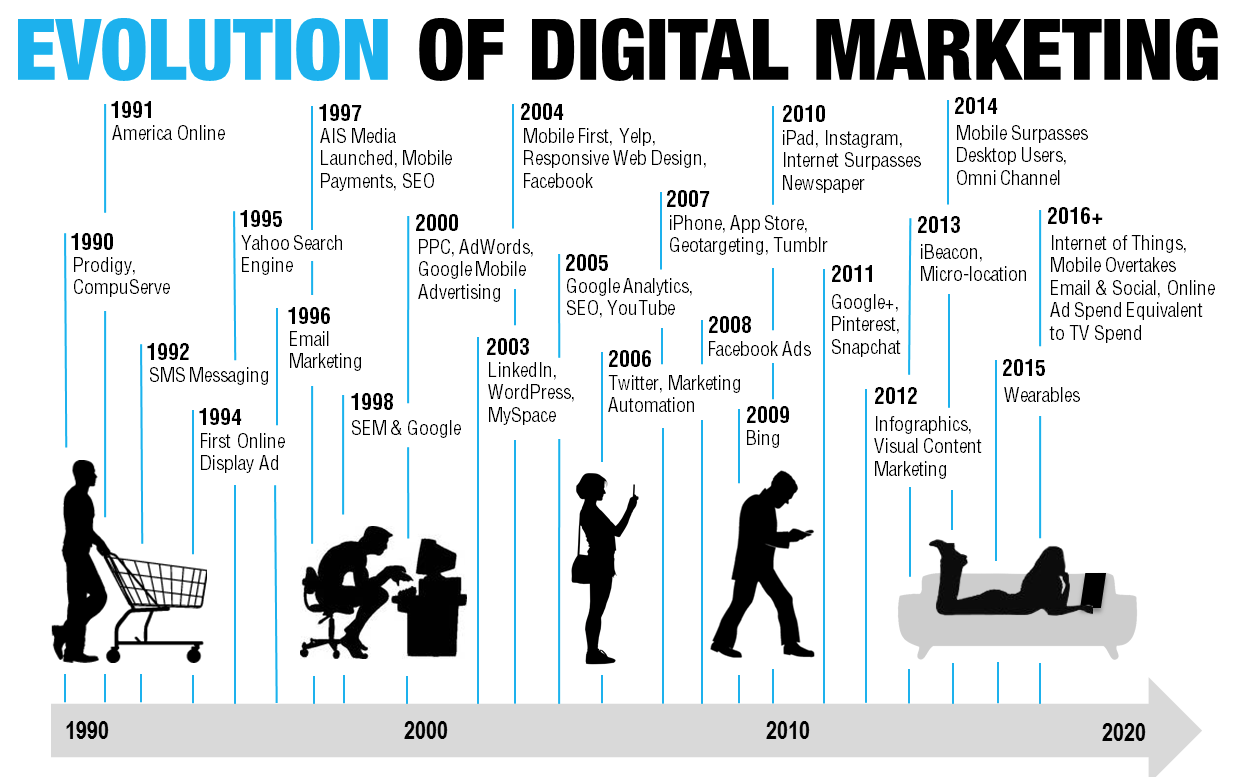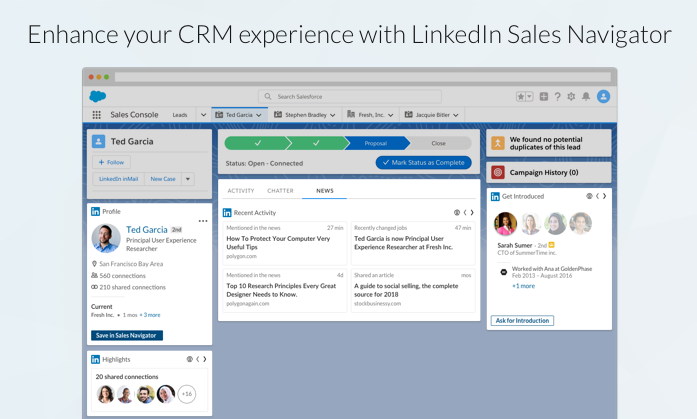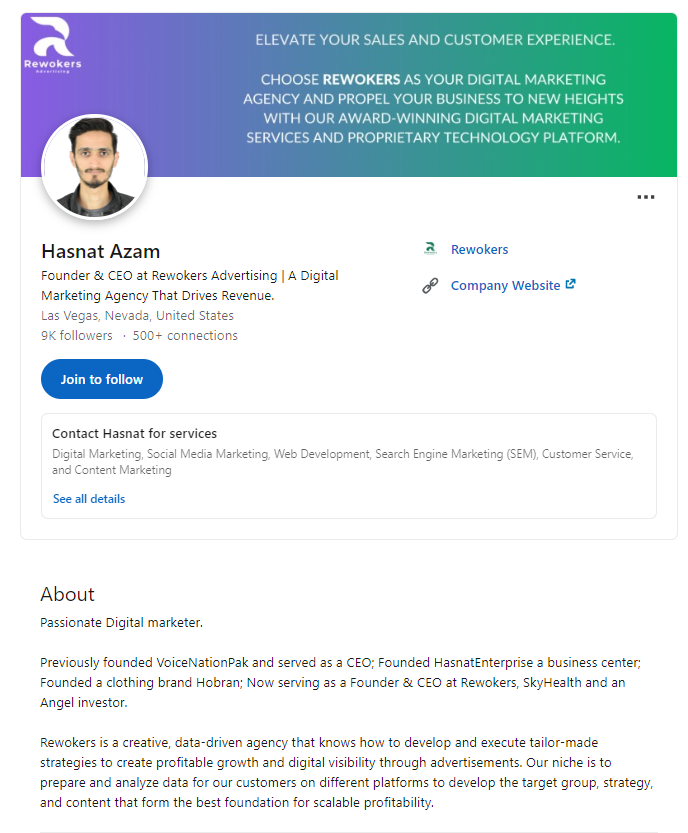Creating a Winning Brand Strategy in the Digital Age
In today’s fast-paced and ever-changing digital landscape, a well-defined brand strategy is essential for businesses looking to succeed and thrive. Building a strong brand has become more complex with the advent of digital technologies, but it also presents new opportunities for businesses to connect with consumers in meaningful ways. This introduction will provide an overview of the importance of brand strategy in the digital age, the challenges and opportunities that businesses face in building a brand in the digital world, and how consumer behavior and expectations are constantly evolving in the digital realm.

The importance of brand strategy in today’s digital landscape:
In the digital age, the significance of brand strategy cannot be overstated. A brand strategy serves as a roadmap that outlines how a business will position and differentiate itself in the digital world. A strong brand strategy helps businesses establish their unique identity, communicate their values, and create a memorable impression on consumers. It provides a foundation for all digital marketing efforts, including website design, social media, content creation, and online advertising. A well-executed brand strategy can lead to increased brand awareness, customer loyalty, and ultimately, business growth.
The challenges and opportunities of building a brand in the digital age:
Building a brand in the digital age comes with its own set of challenges and opportunities. On one hand, the digital landscape provides businesses with vast opportunities to reach a wider audience, engage with consumers in real-time, and leverage data for targeted marketing. On the other hand, the digital age also presents challenges such as increased competition, managing online reputation, and staying up-to-date with ever-changing technologies and platforms. Navigating these challenges and capitalizing on the opportunities requires a strategic and integrated approach to brand building in the digital realm.
The evolving consumer behavior and expectations in the digital world:
Consumer behavior and expectations have undergone significant changes in the digital age. With the proliferation of smartphones, social media, and e-commerce, consumers have become more empowered, informed, and discerning. They expect seamless digital experiences, personalized content, and authentic brand interactions. Businesses need to understand and adapt to these evolving consumer behaviors and expectations in order to build a successful brand in the digital world. This requires businesses to be agile, responsive, and customer-centric in their brand strategy, and to constantly monitor and analyze consumer data to inform their branding efforts.
Understanding Your Brand:
- Defining your brand identity, values, and personality:
The foundation of a strong brand strategy starts with a clear understanding of your brand identity, values, and personality. Your brand identity includes elements such as your brand name, logo, tagline, and visual elements that represent your brand visually. Your brand values are the beliefs and principles that guide your brand’s behavior and decision-making. Your brand personality is the human characteristics and traits that your brand embodies. Defining these aspects of your brand helps you establish a consistent and cohesive brand image across all digital touchpoints, and it serves as a compass for your brand strategy.
- Conducting market research to identify your target audience and their preferences:
Knowing your target audience and understanding their preferences is crucial in building a successful brand strategy in the digital age. Conducting market research allows you to gather insights about your target audience’s demographics, psychographics, online behavior, and preferences. This information helps you tailor your brand messaging, positioning, and digital marketing efforts to resonate with your target audience. It also helps you identify opportunities and gaps in the market, and make informed decisions about your brand’s direction.
- Assessing your brand’s current digital presence and reputation:
In the digital age, your brand’s online presence and reputation play a significant role in shaping your brand perception among consumers. Assessing your brand’s current digital presence involves evaluating your website, social media profiles, online reviews, and other online assets to ensure they are consistent with your brand identity and values. It also involves monitoring your brand’s online reputation and addressing any negative feedback or reviews promptly and effectively. A strong digital presence and a positive reputation are critical in building trust, credibility, and loyalty among consumers in the digital world.
- Identifying your brand’s unique selling proposition (USP):
Your brand’s unique selling proposition (USP) is the distinctive value proposition that sets your brand apart from the competition. It is the unique benefit or advantage that your brand offers to consumers that makes it different and memorable. Identifying your brand’s USP is essential in creating a compelling and differentiated brand positioning in the digital landscape. It helps you communicate the value and benefits of your brand to your target audience and gives them a compelling reason to choose your brand over others. Your USP should be reflected in your brand messaging, visuals, and overall brand strategy.
Setting Brand Objectives:
- Defining clear and measurable brand objectives aligned with your business goals:
A successful brand strategy starts with defining clear and measurable brand objectives that are aligned with your overall business goals. Brand objectives are the specific outcomes or results that you want to achieve through your branding efforts. They should be well-defined, realistic, and aligned with your business vision, mission, and values. Examples of brand objectives could include increasing brand awareness, improving brand perception, boosting customer loyalty, driving website traffic, or generating leads. Defining clear and measurable brand objectives provides a clear direction and purpose for your brand strategy, and helps you track progress towards achieving your branding goals.
- Establishing key performance indicators (KPIs) to track the success of your brand strategy:
Once you have defined your brand objectives, it’s important to establish key performance indicators (KPIs) to measure the success of your brand strategy. KPIs are quantifiable metrics that allow you to track and evaluate the performance of your branding efforts. They should be aligned with your brand objectives and provide insights into the effectiveness of your brand strategy. For example, if your brand objective is to increase brand awareness, your KPIs could include metrics such as website traffic, social media engagement, or brand mentions in online conversations. By establishing relevant and measurable KPIs, you can track the progress of your brand strategy and make data-driven decisions to optimize your branding efforts.
- Identifying short-term and long-term brand goals:
In addition to defining brand objectives and establishing KPIs, it’s important to identify both short-term and long-term brand goals. Short-term goals are the immediate outcomes that you want to achieve through your brand strategy, while long-term goals are the broader, more strategic outcomes that you aim to achieve in the long run. Short-term goals could include increasing social media followers, launching a new brand campaign, or improving customer ratings and reviews. Long-term goals could include building a strong brand reputation, establishing brand loyalty, or becoming a market leader in your industry. Identifying both short-term and long-term brand goals helps you create a comprehensive brand strategy that takes into account both immediate and long-term business objectives.
Crafting Your Brand Story:
- Creating a compelling brand narrative that resonates with your target audience:
A brand story is a powerful tool that helps you connect with your target audience on an emotional level. It’s the unique and authentic story of your brand that sets you apart from your competitors and creates a meaningful connection with your audience. Creating a compelling brand narrative involves understanding your brand’s history, values, mission, and unique selling proposition (USP), and weaving them into a story that resonates with your target audience. Your brand story should be authentic, relatable, and evoke emotions that align with your brand’s personality and positioning. When crafted effectively, a compelling brand narrative can create a strong emotional bond with your audience and differentiate your brand in the digital landscape.
- Developing a consistent brand message across all digital touchpoints:
In the digital age, brands interact with their audience across multiple touchpoints, such as websites, social media, emails, advertisements, and more. It’s essential to develop a consistent brand message that is cohesive and aligned across all these touchpoints. Consistency in your brand message helps build brand recognition, establishes trust, and reinforces your brand’s identity in the minds of your audience. It involves ensuring that your brand’s messaging, tone of voice, values, and visual elements are consistent across all digital touchpoints. This consistency creates a unified and memorable brand experience for your audience, regardless of the digital channel they interact with, and helps strengthen your brand’s presence in the digital landscape.
- Incorporating storytelling elements into your brand strategy to engage and connect with your audience:
Storytelling is a powerful technique that engages and connects with people on a deep emotional level. Incorporating storytelling elements into your brand strategy can help you create a compelling and memorable brand experience for your audience. This could involve using storytelling techniques such as creating a brand origin story, sharing customer success stories, using case studies, or creating brand-related content that tells a story. Storytelling humanizes your brand, makes it relatable, and creates an emotional connection with your audience, which can lead to increased brand loyalty and advocacy. In the digital age, where attention spans are shorter and competition for consumer attention is fierce, incorporating storytelling elements into your brand strategy can help you stand out and make a lasting impression.
Building Your Digital Brand Assets:
- Designing a visually appealing and consistent brand logo, color palette, and typography:
Visual elements play a crucial role in creating a strong brand identity in the digital landscape. Your brand logo, color palette, and typography should be designed in a way that reflects your brand’s personality, values, and positioning. A visually appealing and consistent brand logo helps create brand recognition and establishes your brand’s visual identity. Consistent use of brand colors and typography across all digital assets, such as your website, social media profiles, and marketing materials, creates a cohesive and professional look for your brand. It’s important to ensure that your brand’s visual elements are optimized for digital platforms and resonate with your target audience, creating a memorable and recognizable brand presence.
- Creating a user-friendly and responsive website that reflects your brand’s identity:
Your website is a critical digital asset that serves as the online hub for your brand. It’s important to create a user-friendly and responsive website that reflects your brand’s identity. Your website should visually represent your brand through its design, layout, and imagery. It should also be easy to navigate, load quickly, and provide a seamless user experience across different devices, including desktops, tablets, and mobile phones. Your website’s content should be aligned with your brand strategy, including the messaging, tone of voice, and visual elements, creating a cohesive and engaging brand experience for your audience.
- Optimizing your social media profiles and content to align with your brand strategy:
Social media has become a powerful platform for brand communication and engagement in the digital age. It’s important to optimize your social media profiles and content to align with your brand strategy. This includes using consistent brand elements, such as your logo, color palette, and messaging, across all your social media profiles. Your social media content should also reflect your brand’s personality, values, and positioning, creating a consistent brand presence and voice. This involves creating engaging and relevant content that resonates with your target audience, promotes your brand’s key messages, and encourages interaction and engagement.
- Crafting branded content, including blogs, videos, and infographics, to establish thought leadership and engage with your audience:
Creating branded content is an effective way to establish thought leadership, engage with your audience, and differentiate your brand in the digital landscape. This includes creating content such as blogs, videos, infographics, and other relevant formats that align with your brand strategy. Your branded content should provide value to your audience, demonstrate your expertise, and reinforce your brand’s positioning. It should also be consistent in terms of messaging, tone of voice, and visual elements, reflecting your brand’s identity. Crafting branded content helps build brand authority, establishes trust, and creates a loyal following of engaged and loyal customers.
Engaging Your Audience:
- Implementing a content marketing strategy to provide value and build trust with your audience:
Content marketing is a powerful strategy to engage your audience and provide value to them. Creating high-quality, relevant, and valuable content helps establish your brand as a trusted source of information and expertise. Your content should align with your brand strategy and resonate with your target audience. This includes creating blogs, articles, videos, infographics, and other types of content that address your audience’s pain points, interests, and needs. Your content should also be optimized for search engines to improve your brand’s visibility and reach online. By consistently delivering valuable content, you can engage your audience, build trust, and establish yourself as an authority in your industry.
- Leveraging social media platforms to engage and interact with your followers:
Social media platforms provide a powerful channel to engage and interact with your audience in real-time. It’s important to leverage social media to build a community around your brand and foster meaningful connections with your followers. This includes creating engaging and relevant content that resonates with your audience, encourages interaction, and sparks conversations. You should also actively respond to comments, messages, and mentions, showing that you value and appreciate your audience’s engagement. By leveraging social media platforms effectively, you can build a loyal and engaged following, create brand advocates, and foster a positive brand image.
- Implementing email marketing campaigns to nurture customer relationships:
Email marketing is a valuable tool to nurture customer relationships and keep your audience engaged. By implementing targeted and personalized email marketing campaigns, you can stay connected with your audience, provide them with relevant updates and offers, and build a sense of loyalty. Your email campaigns should be aligned with your brand strategy and tailored to the specific interests and preferences of your audience. This includes segmenting your email list, creating engaging and personalized content, and optimizing your emails for mobile devices. Email marketing allows you to maintain an ongoing relationship with your audience, promote your brand’s key messages, and drive repeat business.
- Utilizing influencer partnerships and collaborations to expand your brand’s reach:
Influencer marketing can be a powerful strategy to expand your brand’s reach and engage with a wider audience. Collaborating with influencers who align with your brand values and target audience can help amplify your brand message and increase your brand’s visibility. This includes partnering with influencers to create branded content, sponsored posts, or other collaborations that promote your brand to their followers. Influencers can provide a fresh perspective, bring creativity, and leverage their own audience to engage with your brand in a meaningful way. It’s important to choose influencers strategically and establish clear expectations and guidelines to ensure that the collaboration aligns with your brand strategy and resonates with your target audience.
Monitoring and Managing Your Brand:
- Using social listening tools to monitor brand mentions, reviews, and feedback:
Social listening involves actively monitoring and analyzing social media channels, online reviews, and other digital platforms for brand mentions, reviews, and feedback. By using social listening tools, you can track conversations and sentiment around your brand in real-time, and gain valuable insights into how your brand is perceived by your audience. Social listening allows you to identify potential issues, address customer concerns, and respond promptly to feedback, both positive and negative. This helps you stay proactive in managing your brand’s online presence and reputation, and make informed decisions to improve your brand strategy.
- Responding promptly and effectively to customer inquiries and complaints:
Prompt and effective customer service is crucial in the digital age. Customers expect quick and meaningful responses to their inquiries and complaints, whether it’s through social media, email, or other digital channels. Timely and personalized responses show that you value your customers and are committed to resolving their issues. It’s important to have a well-defined process in place for handling customer inquiries and complaints, and ensure that your customer service team is trained to provide consistent and satisfactory responses. By effectively managing customer inquiries and complaints, you can turn potential negative experiences into positive ones, and build a positive brand reputation.
- Managing online reputation through proactive brand monitoring and reputation management:
Your brand’s online reputation is a critical element of your overall brand strategy. It’s important to proactively monitor and manage your brand’s reputation to ensure that it aligns with your desired brand image. This includes regularly checking online reviews, ratings, and comments about your brand, as well as monitoring mentions on social media and other online platforms. If any negative feedback or reviews arise, it’s important to address them promptly and professionally, and take necessary steps to resolve any issues. Additionally, actively encouraging and promoting positive customer reviews and testimonials can help boost your brand’s online reputation and credibility.
- Adjusting and optimizing your brand strategy based on data-driven insights and feedback:
Data-driven insights and feedback are invaluable in shaping and optimizing your brand strategy in the digital age. By analyzing data from various sources, such as website analytics, social media analytics, customer feedback, and market research, you can gain insights into your brand’s performance, customer preferences, and market trends. This allows you to make informed decisions and adjustments to your brand strategy to better align with your business goals and audience needs. Regularly reviewing and analyzing data-driven insights and feedback helps you identify areas for improvement, optimize your brand messaging and positioning, and stay ahead of the competition in the dynamic digital landscape.
Measuring Success:
- Reviewing and analyzing your brand performance against defined KPIs:
Key performance indicators (KPIs) are essential metrics that allow you to measure the success of your brand strategy. Once you have defined clear and measurable brand objectives and established KPIs, it’s important to regularly review and analyze your brand’s performance against these benchmarks. This involves tracking and analyzing data from various sources, such as website analytics, social media analytics, email marketing metrics, customer feedback, and sales data, to assess how well your brand is performing in achieving its objectives. Reviewing and analyzing your brand performance against defined KPIs helps you assess the effectiveness of your brand strategy, identify areas of success, and uncover areas that need improvement.
- Making data-driven decisions to optimize your brand strategy:
Data-driven decision making is a critical aspect of brand strategy in the digital age. By leveraging data and insights from various sources, you can make informed decisions to optimize your brand strategy. This includes analyzing data to identify patterns, trends, and opportunities, and using these insights to make adjustments and improvements to your brand strategy. For example, if data shows that certain digital marketing channels are performing well, you may allocate more resources to those channels. If data indicates that certain aspects of your brand messaging are not resonating with your audience, you may revise your messaging to better align with their preferences. Making data-driven decisions helps you continuously optimize your brand strategy for maximum effectiveness and impact.
- Identifying areas of improvement and refining your brand strategy for continuous growth:
Continuous improvement is key to success in the dynamic digital landscape. Regularly evaluating your brand performance and identifying areas of improvement is essential for refining your brand strategy and driving continuous growth. This involves critically assessing your brand’s strengths, weaknesses, opportunities, and threats, and using this assessment to refine your brand strategy. It may involve making changes to your branding elements, revising your messaging, optimizing your digital assets, or adjusting your marketing tactics. By constantly refining and adapting your brand strategy based on data and insights, you can ensure that your brand remains relevant, competitive, and aligned with your business goals.
Conclusion:
In today’s digital age, a winning brand strategy is essential for businesses to succeed in a highly competitive marketplace. It involves defining clear brand objectives, crafting a compelling brand story, building visually appealing brand assets, engaging with the audience, monitoring and managing the brand’s online presence, and measuring success through data-driven insights. A strong brand strategy can lead to increased brand awareness, customer loyalty, and business growth.
At Rewokers Advertising, we understand the importance of creating a winning brand strategy in the digital age. Our team of experts is skilled in crafting strategic brand solutions that align with your business goals and resonate with your target audience. We offer comprehensive brand strategy services, including brand positioning, brand messaging, brand identity design, content marketing, social media management, and reputation management, among others. With our expertise and experience, we can help you build a powerful brand presence in the digital landscape that sets you apart from the competition and drives business success.
Invest in a winning brand strategy with Rewokers Advertising and watch your brand thrive in the digital age. Contact us today to learn more about how we can help you create a compelling brand strategy that delivers results.





















